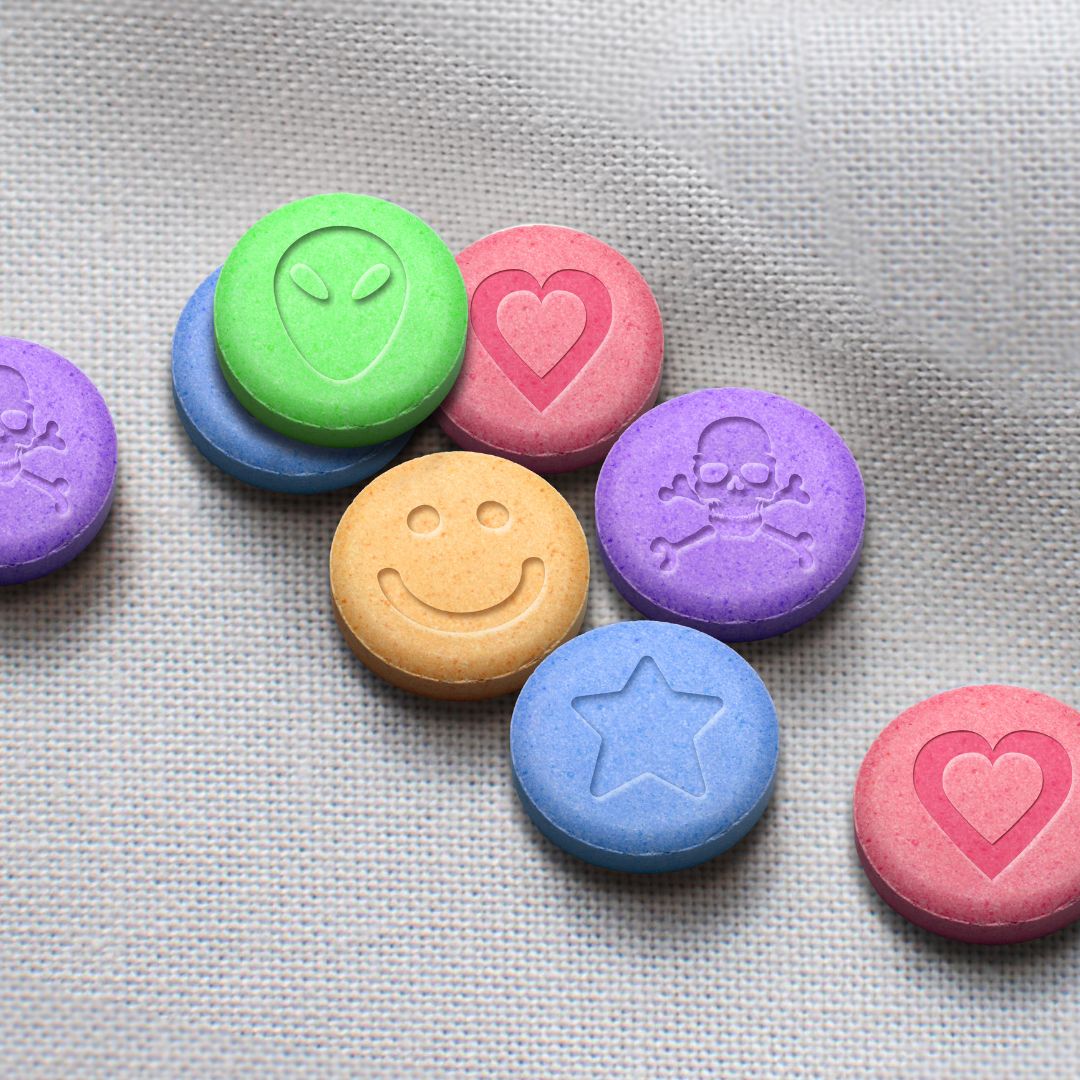
Understanding the risks of substance use and what to do when things go wrong
It’s likely that at some point, you or someone you know will experiment with substances. In 2019, around 3.4 million Australians reported using illicit drugs in the past 12 months, with people between the ages of 20-29 the most likely to engage in this behaviour.
If you or the people around you are taking illicit substances, it’s vital to be aware of the risks associated with certain drugs and to acknowledge there is often no way of knowing what it really is that you are taking. By being aware of the risks, warning signs and what to do if something goes wrong, you can help protect yourself and the people around you.
Know the Risks
Nitazenes are a type of opioid that can be incredibly potent, sometimes even surpassing the strength of fentanyl, and can be found in a number of drugs including MDMA and cocaine.
The use of nitazenes can lead to slow breathing or, in the worst cases, death. What makes nitazenes particularly dangerous is that they may not be detectable through traditional testing methods, like fentanyl test strips.
MDMA tablets, commonly associated with recreational use by young people, have been found to contain multiple substances, including nitazenes, in the past year.
Identifying the Signs of Overdose
It’s crucial to recognise the symptoms of opioid overdose, which can include:
- Pin-point pupils,
- Drowsiness,
- Loss of consciousness,
- Vomiting or making gurgling noises,
- Inability to speak,
- Slow breathing,
- and skin turning blue, purple or grey.
If you or someone you know experiences any of these symptoms after drug use, it’s imperative to seek help immediately. A quick response can be the difference between life and death.
Seeking Help and Support
If you witness signs of overdose, don’t hesitate to seek help. Call Triple Zero (000) or visit the nearest emergency department. Remember, seeking medical assistance for an overdose won’t result in legal trouble. Medical staff are there to help preserve your life, not to judge you.
If the person has stopped breathing or if breathing is very weak, begin CPR.
Additionally, taking cautionary steps like having naloxone on hand can be lifesaving. Naloxone is a medication that can temporarily reverse an opioid overdose. It’s available for free without a prescription from various locations, including some NSW community pharmacies, needle and syringe programs, opioid treatment services, and can be ordered discreetly online from NUAA website. If you administer Naloxone to a person experiencing an overdose, it is still critical to access medical assistance ASAP.
Get Informed and Stay Safe
Educating yourself about the risks associated with substances and knowing how to respond in case of an emergency is crucial for your well-being and the well-being of those around you. Remember, there are resources available to provide support and guidance, such as the Alcohol and Drug Information Service (ADIS), NUAA, and the NSW Poisons Information Centre.
It is always best to avoid taking any drugs or illicit substances, however, this is not always the reality. By understanding the risks and taking proactive measures, we can better protect ourselves and our peers from the potential harms associated with drug use. Stay informed, stay safe, and remember that help is always available when needed.


